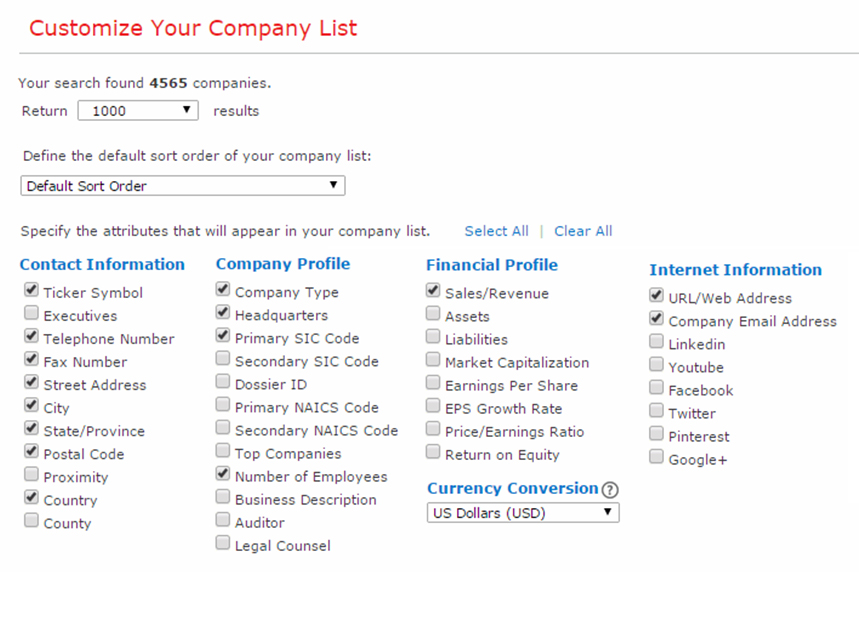Excel File Of All Sic Codes Definition


This article refers to the Industrial classification code system for the United States. For the United Kingdom Standard Industrial Classification code system, seeThe Standard Industrial Classification (SIC) is a system for classifying by a four-digit code. Established in the in 1937, it is used by government agencies to classify industry areas.
The SIC system is also used by agencies in other countries, e.g., by the 's.In the United States the SIC code has been replaced by the (NAICS code), which was released in 1997. Government departments and agencies, such as the (SEC), continued to use SIC codes through at least 2014.The SIC code for an establishment, that is, a workplace with a U.S.
Address, was determined by the industry appropriate for the overall largest product lines of the company or organization of which the establishment was a part. The later NAICS classification system has a different concept, assigning establishments into categories based on each one's output.The SIC codes can be grouped into progressively broader industry classifications: industry group, major group, and division. The first 3 digits of the SIC code indicate the industry group, and the first two digits indicate the major group. Contents.Purpose In the early 1900s, each branch of a United States government agency would conduct business analysis using its own methods and metrics, unknown and meaningless to other branches.
In the 1930s, the government needed standardized and meaningful ways in which to measure, analyze and share data across its various agencies. Thus, the Standard Industrial Classification system was born. SIC codes are four-digit numerical representations of major businesses and industries. SIC codes are assigned based on common characteristics shared in the products, services, production and delivery system of a business.Structure SIC codes have a hierarchical, top-down structure that begins with general characteristics and narrows down to the specifics. The first two digits of the code represent the major industry sector to which a business belongs. The third and fourth digits describe the sub-classification of the business group and specialization, respectively.
For example, '36' refers to a business that deals in 'Electronic and Other Equipment.' Adding '7' as a third digit to get '367' indicates that the business operates in 'Electronic, Component and Accessories.'
The fourth digit distinguishes the specific industry sector, so a code of '3672' indicates that the business is concerned with 'Printed Circuit Boards.' Uses The, and utilize SIC codes in their reporting, although SIC codes are also used in academic and business sectors. The Bureau of Labor Statistics updates the codes every three years and uses SIC to report on work force, wages and pricing issues.
The Social Security Administration assigns SIC codes to businesses based on the descriptions provided by employers under the primary business activity entry on employer ID applications.Limitations Over the years, the U.S. Census has identified three major limitations to using the SIC system. The first limitation surrounds its definition and mistaken classification of employee groups. For example, administrative assistants in the automotive industry support all levels of the business, yet the SIC defines these employees as part of the 'Basic Sector' of manufacturing jobs when they should be reported as 'Non-Basic.'
Secondly, SIC codes were developed for traditional industries prior to 1970. Business has changed considerably since then from manufacturing-based to mostly service-based. As a result, and thirdly the SIC has been slow to recognize new and emerging industries, such as those in the computer, software, and information technology sectors.History of the change to NAICS The, or OMB, was tasked with revising the SIC system to reflect changing economic conditions. The OMB established the in 1992 to develop a new system representative of the current industrial climate. The result was the, or NAICS, a collaborative effort between Canada, the U.S. NAICS expanded the four-digit SIC code to a six-digit code, and it provided more flexibility in handling emerging industries. The new code was implemented in Canada and the United States in 1997 and in Mexico one year later.NAICS classified establishments (workplace) by their main output, instead of classifying them with the larger firm or organization of which the establishment was a part.
Excel File Of All Sic Codes Definition Dictionary
This gives more precise information on establishment and worker activities than the SIC system, but changed the meaning of the classifications somewhat, making some time series of data hard to sustain accurately. Fort and Klimek (2016) found using longitudinal data on establishments that the switch from SIC to NAICS reclassified large numbers of workers differently by industry/sector than NAICS does, notably by reclassifying some from the Manufacturing sector into Services. List of codes The following table is from the SEC's website, which allows searching for companies by SIC code in its database of filings.

SIC Code ListOnline SIC Code List is shown below.The Standard Industrial Classification, or “SIC” system, is used for classifying industries by a four-digit numeric code.This method was established in the United States in 1937.The SIC classification system is used by government and private agencies to classify industry areas.Although the Standard Industrial Classification system has not been updated since 1987, the system is still widely used. Download the USA Business DatabaseLooking to maximize your marketing and prospecting efforts? Download the. Search, filter, and target specific businesses by industry, city, state, county, and more! Need a copy of this SIC Code list?You can download this list in excel format by clicking, or by clicking the image to the right.Disclaimer: For an authoritative SIC Code List, please obtain directly from Osha.gov or siccode.com. CodeGeneral Description0111Wheat Farming0112Rice Farming0115Corn Farming0116Soybean Farming0119Dry Pea and Bean Farming0119All Other Grain Farming0119Oilseed (Except Soybean) Farming0119Oilseed and Grain Combination Farming0131Cotton Farming0132Tobacco Farming0133Sugar Beet Farming0133Sugarcane Farming0134Potato Farming0139All Other Misc.
Area Code Excel File
Crop Farming0139Hay Farming0139Peanut Farming0161Other Vegetable (Except Potato) and Melon Farming0171Berry (Except Strawberry) Farming0171Strawberry Farming0172Grape Vineyards0173Tree Nut Farming0174Citrus (Except Orange) Groves0174Orange Groves0175Apple Orchards0175Other Noncitrus Fruit Farming0179Fruit and Tree Nut Combination Farming0181Nursery and Tree Production0181Floriculture Production0182Mushroom Production0182Other Food Crops Grown under Cover0191All Other Misc.